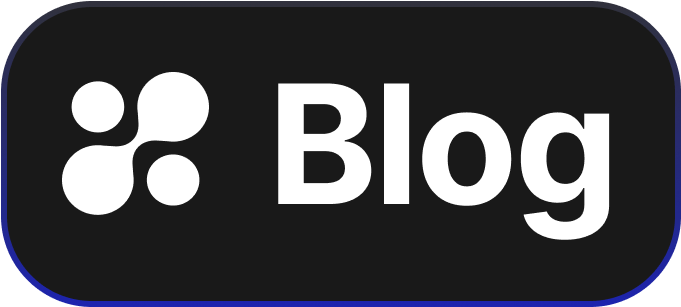Understanding Okta Security Frameworks: A Guide for Technology Managers
As technology managers, ensuring robust security frameworks is crucial in protecting your organization's data and assets. Okta, a leading provider in identity and access management, offers best-in-class security solutions. This blog post breaks down the basics of Okta's security frameworks, so you can understand how they work and why they're essential.
Introduction to Okta Security Frameworks
Okta Security Frameworks are designed to keep your digital spaces secure by managing who can access your systems and data. Understanding these frameworks will help you make informed decisions on implementing security measures that align with your company's needs.
Why Okta?
Okta is a trusted name for ensuring your tech environment is safe from unauthorized access. By using Okta, technology managers can efficiently oversee user access, enhance security protocols, and maintain compliance with industry standards.
Key Components of Okta Security Frameworks
Identity and Access Management (IAM)
What: IAM is a solution that helps you control who has access to your resources.
Why: It is important because it protects sensitive data and ensures only authorized users can access what they need.
How: Okta simplifies IAM by providing tools for automated user provisioning, Single Sign-On (SSO), and multi-factor authentication (MFA), reducing the risk of data breaches.
Authentication and Authorization
What: This determines if a user is who they say they are (authentication) and if they have permission to use a resource (authorization).
Why: To safeguard against fraudulent access and to ensure secure login processes.
How: With Okta's adaptive MFA, the security level can be dynamically adjusted based on user behavior and context, providing additional layers of protection when necessary.
Lifecycle Management
What: This involves managing user identities and access rights throughout their time with your organization.
Why: To maintain security from the onboarding to the offboarding process of users.
How: Okta automates these processes, ensuring that access is managed correctly without human errors, enhancing overall organizational security.
ThreatInsight
What: Okta's ThreatInsight provides insights to preemptively block malicious IPs from logging into your systems.
Why: Proactive measures against known threats can significantly decrease the risk of attacks.
How: By analyzing patterns and using predictive models, ThreatInsight provides actionable information to protect against potential threats.
Implementing Okta in Your Organization
Using Okta's frameworks can transform your organization's security posture. With easy-to-integrate solutions, Okta offers a streamlined process to protect your digital assets. As a technology manager, adopting Okta means you can empower your team to work securely, regardless of where they are.
Conclusion
Okta Security Frameworks are essential for technology managers looking to bolster their organization's security. The combination of IAM, efficient authentication, lifecycle management, and ThreatInsight makes Okta a comprehensive choice for managing security. For a seamless and effective integration experience, explore how Hoop.dev can bring Okta's solutions to life in just minutes. Visit our platform to see it in action and safeguard your systems today.
